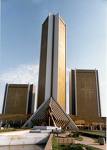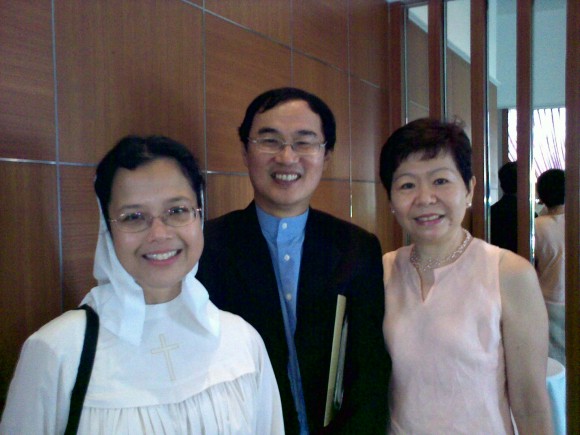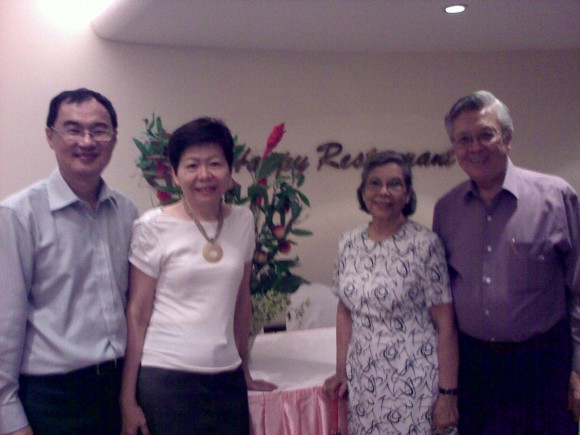 Oral Roberts went home to be with the Lord on Tuesday, 15th December 2009, age 91. When my wife told me, I was not surprised, because I knew he was quite old. He was one of my Pentecostal heroes in the early years of my Christian life.
Oral Roberts went home to be with the Lord on Tuesday, 15th December 2009, age 91. When my wife told me, I was not surprised, because I knew he was quite old. He was one of my Pentecostal heroes in the early years of my Christian life.
He first came to my notice through his magazine, “The Abundant Life.” It was a magazine that was distributed free of charge and delivered to my home. From there I wrote in for his free books. One of them is titled “The Miracle of Seed Faith”.
Oral Roberts knew how to share truths powerfully. The truths he taught were simple and practical. I was inspired and instructed by his teaching on the Holy Spirit as your helper, and the edifying use of the “prayer language.” I also accepted and practiced his teachings about miracle seed faith. Looking to God as a source; seeding for your need; and expecting a miracle everyday – these were a part of my life in those days.
 I read his autobiography, “Expect A Miracle” and still have the copy in my bookshelves. I never could give it away in my regular cullings when I selected books to give to friends in Bible school. He was a captivating personality, a visionary charismatic Pentecostal leader. Being Pentecostal at that time meant “Stone Age” methodology, and uncultured presentation. Oral Roberts changed that perception through his visionary, outside the box, forward thinking and methodology, like his harnessing of television for the gospel.
I read his autobiography, “Expect A Miracle” and still have the copy in my bookshelves. I never could give it away in my regular cullings when I selected books to give to friends in Bible school. He was a captivating personality, a visionary charismatic Pentecostal leader. Being Pentecostal at that time meant “Stone Age” methodology, and uncultured presentation. Oral Roberts changed that perception through his visionary, outside the box, forward thinking and methodology, like his harnessing of television for the gospel.
My interest and following waned when his TV programs became more entertainment oriented, and when he tried to raise funds with controversial tactics. In particular, when he claimed that Jesus would take him home if he does not raise $8 million within a year, and  pleaded with the readers and audience to help prolong his life. That was too difficult to swallow and from then on, I was disappointed, and stopped following and reading his magazines. Further news about the problems with the City of Faith and other university financial misdemeanours by his son Richard sort of confirmed I was right to feel disenchanted.
pleaded with the readers and audience to help prolong his life. That was too difficult to swallow and from then on, I was disappointed, and stopped following and reading his magazines. Further news about the problems with the City of Faith and other university financial misdemeanours by his son Richard sort of confirmed I was right to feel disenchanted.
Now he is dead and as I read some online articles about Oral Roberts I have to admit he is a man sent by God, a man with flaws and faults but nevertheless, like the imperfect heroes of faith in Hebrews chapter 11, he deserves to be reinstated as a Pentecostal hero in my heart.
Here are some interesting articles from Chritianity Today.com about Oral Roberts:
Why Oral Roberts Obituaries are Wrong
Q&A: Mark Rutland on Oral Robert’s Legacy.
Fund Raising: Did Oral Roberts go too Far?
Here is an old clip of him praying for the sick in the healing crusades in the 1950’s:



